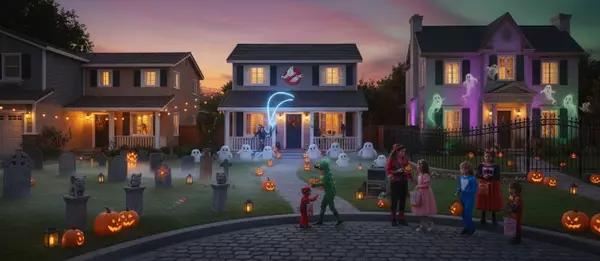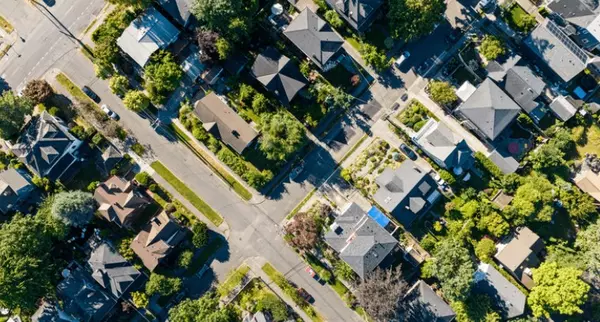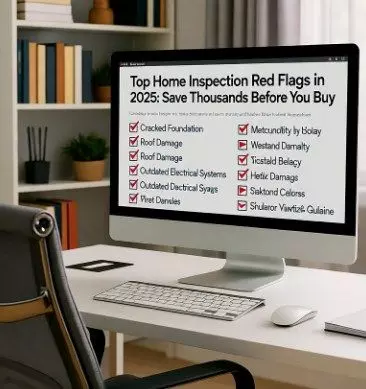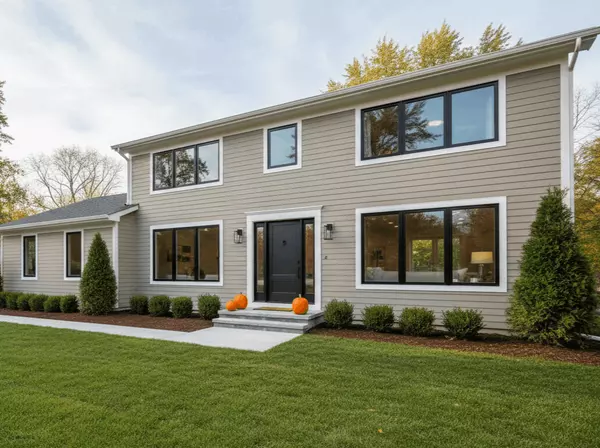Mortgage Rates Dropping in 2025? What Buyers Need to Know Before Locking In
Mortgage Rates Dropping in 2025? What Buyers Need to Know Before Locking In
Good news for homebuyers: the market is showing signs of thawing. Over 80% of real estate agents are predicting slight sales improvements, and while mortgage rates have been a rollercoaster, they’re currently hovering around 6.3% with expectations of a dip. If you’re eyeing a home in 2025, understanding how to navigate financing—from securing a pre-approval to boosting your down payment (which is up 6% year-over-year to an average of $70K)—is crucial. Don’t let financing deal-breakers, like a weak inspection, derail your dream home.

The 2025 Mortgage Rate Outlook
After a period of volatility, many economists and housing experts are forecasting a more stable, and potentially lower, rate environment for 2025. While no one has a crystal ball, the general consensus points to a gradual decline.
Mortgage Rate Forecast Table (Q1-Q4 2025)
| Quarter | Expected Range (30-Year Fixed) | Key Factors |
|---|---|---|
| Q1 2025 | 6.0% - 6.5% | Inflation cooling, Fed holding steady |
| Q2 2025 | 5.8% - 6.3% | Potential Fed rate cuts, economic growth |
| Q3 2025 | 5.7% - 6.2% | Continued economic stability, housing demand |
| Q4 2025 | 5.5% - 6.0% | Further Fed action, sustained inflation control |
Note: These are forecasts and subject to change based on economic data, Federal Reserve policy, and global events. Consult with a mortgage professional for personalized advice.
Why Pre-Approval is Your Power Play
In a competitive market, a solid pre-approval isn't just a formality—it's your strongest asset. It tells sellers you're a serious buyer, capable of closing the deal.
Benefits of a Strong Pre-Approval:
- Know your budget: Understand exactly how much you can afford, streamlining your home search.
- Faster offers: Submit offers quickly and confidently, which can be critical in a fast-moving market.
- Seller confidence: Gives sellers peace of mind that your financing is secure, making your offer more attractive.
- Identify issues early: Uncover any credit or financial hurdles before you find your dream home.
Boosting Your Down Payment: The $70K Average
The average down payment has seen a significant jump, now sitting around $70,000—a 6% increase year-over-year. While this might seem daunting, a larger down payment offers several advantages:
- Lower monthly payments: Reduce your principal and interest.
- Reduced interest over time: Pay less in interest over the life of the loan.
- Avoid PMI: With 20% down, you can often avoid Private Mortgage Insurance (PMI).
- Stronger offers: A larger down payment signals financial strength to sellers.
Strategies to Increase Your Down Payment:
- Automate savings: Set up automatic transfers to a dedicated savings account.
- Cut discretionary spending: Temporarily reduce non-essential expenses.
- Explore gift funds: Understand rules for gifts from family members.
- Consider down payment assistance programs: Many programs exist for eligible buyers.
Avoiding Financing Deal-Breakers
Even with a pre-approval, certain issues can derail your financing. Be proactive to avoid these common pitfalls:
- Weak Home Inspection: While a home inspection isn't directly about your loan, major issues discovered can lead to renegotiations or even a canceled contract, forcing you back to square one.
- Solution: Be present at the inspection, understand the findings, and be prepared to negotiate repairs or credits.
- Credit Score Changes: Don't open new credit lines, close old accounts, or make large purchases between pre-approval and closing. Any significant change can impact your eligibility.
- Solution: Maintain your financial status quo. If you must make a change, consult your lender first.
- Employment Changes: Lenders verify employment right up to closing. A job change, even a promotion, can cause delays or issues.
- Solution: Avoid changing jobs if possible. If unavoidable, discuss with your lender immediately.
- Undisclosed Debts: All debts must be disclosed. New or forgotten debts can alter your debt-to-income ratio.
- Solution: Be transparent with your lender about all financial obligations.
- Appraisal Gaps: If the home appraises for less than the purchase price, you may need to cover the difference or renegotiate.
- Solution: Work with your agent to ensure your offer is competitive but realistic based on comparable sales.
FAQs for 2025 Homebuyers
Q: When is the best time to lock in a mortgage rate? A: This is a strategic decision. If rates are trending down, you might float your rate for a period. If they're stable or rising, locking in can provide security. Your lender can advise on current market conditions and lock options.
Q: What's the difference between pre-qualification and pre-approval? A: Pre-qualification is an estimate of what you might afford. Pre-approval is a more thorough review of your finances, including a credit check, giving you a conditional commitment for a loan amount. Always aim for pre-approval.
Q: Can I get a mortgage with less than 20% down? A: Yes, many loan programs (FHA, VA, USDA, and conventional loans with PMI) allow for lower down payments. Discuss these options with your lender to see what fits your situation.
Q: How long does a mortgage pre-approval last? A: Typically, a pre-approval is valid for 60 to 90 days. If your home search extends beyond that, you'll need to update your financial information with your lender.
Bottom Line
The 2025 housing market offers promising signs for buyers, especially with the potential for more favorable mortgage rates. By getting pre-approved, strategically building your down payment, and proactively avoiding common financing pitfalls, you'll be well-positioned to secure your dream home.
Ready to discuss your mortgage options and create a personalized homebuying strategy for 2025? Let’s connect!
Categories
Recent Posts










GET MORE INFORMATION

